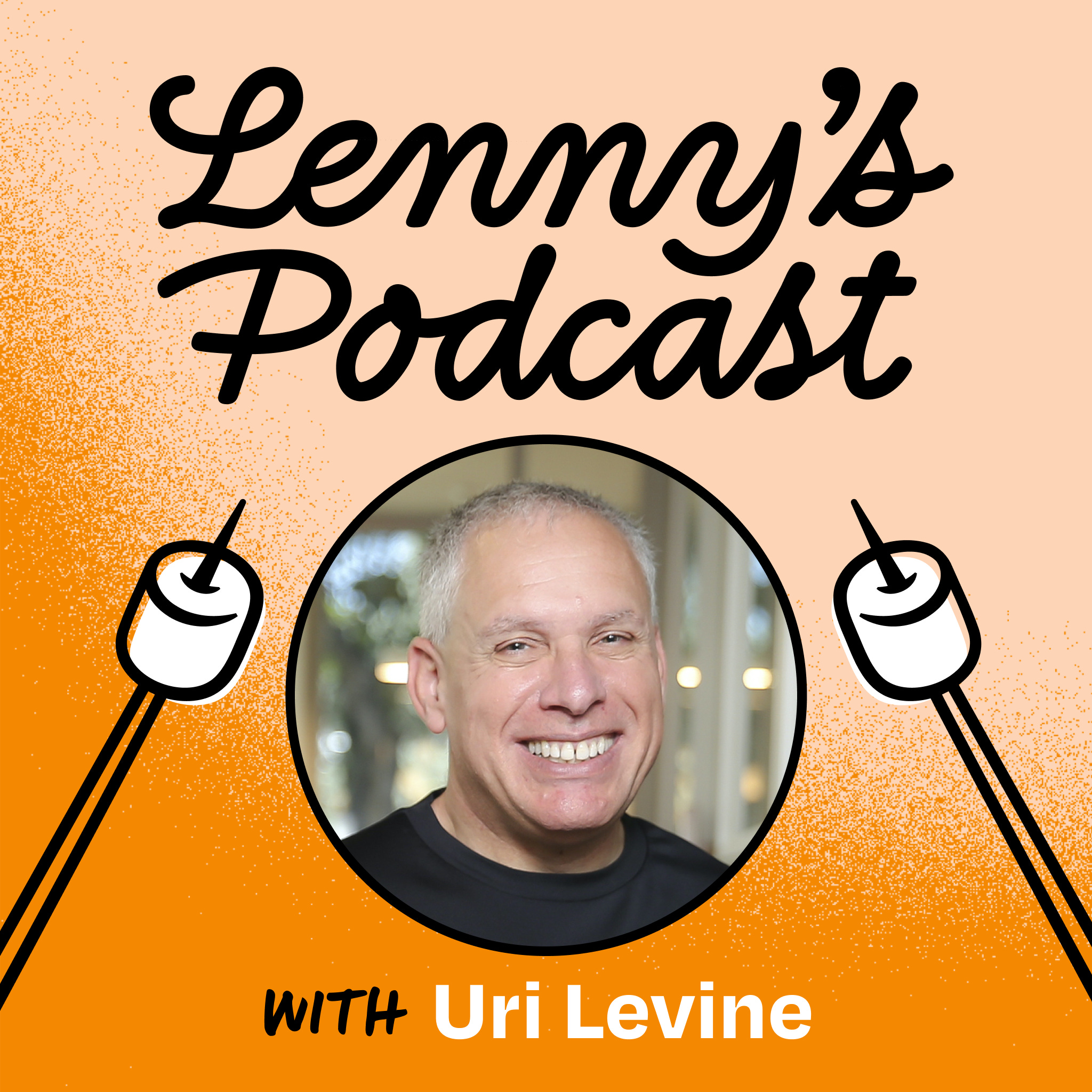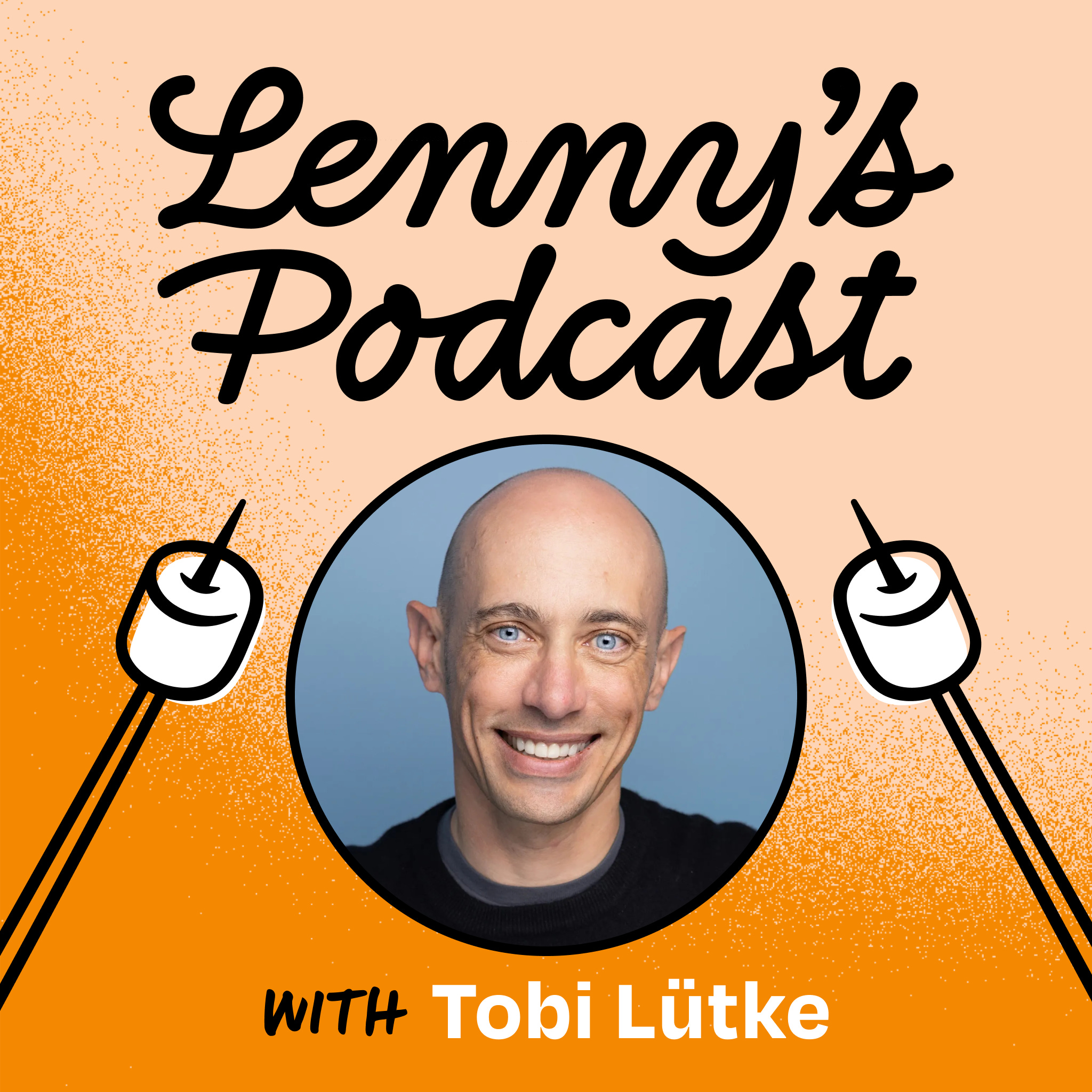
May 30, 2024 • 56min
The surprising truth about what closes deals: Insights from 2.5m sales conversations | Matt Dixon (author of The Challenger Sale and The JOLT Effect)
Lenny's Podcast: Product | Growth | Career

Key Takeaways
- 40-60% of qualified sales opportunities are lost due to customer indecision, not to competitors. Customers prefer to do nothing rather than make a potentially wrong decision.
- Dialing up FOMO (fear of missing out) backfires 87% of the time when customers are hesitant. They are not afraid of missing out, but of messing up (FOMU).
- The JOLT method helps overcome customer indecision:
- Judge their level of indecision
- Offer a recommendation
- Limit the exploration
- Take risk off the table
- Use the "pings and echoes" technique to uncover customer concerns without being confrontational.
- Shift from asking what customers want to recommending what they should do. Customers are looking for guidance and expertise.
- Under-promise and over-deliver to set realistic expectations and increase customer satisfaction.
- The Challenger Sale approach focuses on teaching customers about risks or opportunities they may not be aware of, then connecting that insight to your unique solution.
Introduction
In this episode, Lenny interviews Matt Dixon, one of the world's foremost experts in sales and author of the bestselling books The Challenger Sale and The JOLT Effect. Matt shares insights from his extensive research into what makes the best salespeople different, including analysis of 2.5 million sales calls. The conversation focuses on overcoming customer indecision - one of the biggest challenges in closing deals - and how to improve sales processes based on data-driven insights.
Topics Discussed
Research Behind Matt's Books (1:57)
Matt explains the research that went into his books:
- The Challenger Sale: Based on survey data from 6,000 salespeople initially, now expanded to about 250,000 globally
- The JOLT Effect: Analyzed 2.5 million sales calls using machine learning, starting in March 2020
This extensive data allows for robust insights into sales behaviors and outcomes across industries and company types.
Key Insights from The JOLT Effect (6:08)
Matt shares the core finding that 40-60% of qualified sales opportunities are lost to "no decision" rather than to competitors. He explains:
- Customers often express intent to buy but then go silent or back out
- This is extremely frustrating and costly for sales teams
- The research aimed to understand why this happens and how to prevent it
"If you think about as a salesperson that for 46% of your deals you're going to spend a lot of time, energy, resources, a lot of your company's money and their time and resources pursuing these opportunities where you eventually just get ghosted and you don't really know what happened."
FOMO vs FOMU (10:15)
A key insight is that traditional sales tactics often backfire with indecisive customers:
- FOMO (Fear of Missing Out) tactics increase deal loss 87% of the time
- Customers are actually experiencing FOMU (Fear of Messing Up)
- The omission bias means people fear being blamed for bad decisions more than missing opportunities
"They're not afraid of missing out. They're afraid of messing up and being blamed."
Matt explains that salespeople need to shift from trying to scare customers into action to instilling confidence and reducing perceived risk.
Example: Selling Software (18:18)
Matt uses the example of a CRM software sale to illustrate customer indecision:
- Even if a new product is clearly better, customers may still hesitate
- Fears include:
- Choosing the wrong configuration or contract terms
- New information emerging after the decision (e.g. analyst reports)
- Not achieving projected ROI and being blamed
- These fears can paralyze decision-making even when the benefits are clear
He notes that while startups may face more skepticism, even established vendors aren't immune to these customer fears.
The JOLT Method Step 1: Judge Their Level of Indecision (26:04)
Matt introduces the JOLT method for overcoming customer indecision, starting with judging their level of indecision:
- Most customers (87%) show moderate to high levels of indecision
- People tend to overestimate their own decisiveness (Dunning-Kruger effect)
- Customers are often embarrassed to admit indecision
He emphasizes the importance of uncovering indecision without confronting or embarrassing the customer.
The "Pings and Echoes" Technique (29:41)
Matt describes a technique called "pings and echoes" to uncover customer concerns:
- Articulate a common concern without directly attributing it to the customer
- Listen for how they respond to gauge if it resonates
- Use language like "At this point, many customers are thinking about X..."
This allows salespeople to surface potential issues without putting the customer on the spot.
Step 2: Offer a Recommendation (34:49)
The second step of JOLT is to offer a clear recommendation:
- Too many options can overwhelm customers and lead to indecision
- Shift from asking what they want to recommending what they should do
- Use the "delegation effect" - sharing the burden of the decision
"Customers are looking for somebody to share in the risk and the burden of making a bad decision."
Matt uses the analogy of a waiter recommending dishes to illustrate how this builds trust and comfort.
Step 3: Limit the Exploration (38:36)
The third step addresses customers who engage in endless research:
- Understand they fear being surprised by new information later
- Build trust through transparency about product strengths and weaknesses
- Demonstrate expertise to position yourself as a trusted advisor
Matt cautions against relying too heavily on subject matter experts, as it can diminish the salesperson's perceived value.
Step 4: Take Risk Off the Table (41:43)
The final step focuses on reducing perceived risk for the customer:
- Reset expectations to more conservative, achievable outcomes
- Provide implementation roadmaps and support plans
- Consider offering professional services as an "insurance policy"
- Use contract terms or opt-out clauses to reduce commitment anxiety
"Let's make sure we set ourselves up for success."
Matt emphasizes that these tactics help customers feel supported rather than taking a leap of faith alone.
When to Hit the Pause Button with a Customer (45:58)
Matt advises salespeople to pause and reflect when customers get cold feet, rather than immediately trying to create urgency:
- Resist the urge to dial up FOMO or pressure tactics
- Consider whether the customer is truly indifferent or just indecisive
- Adjust your approach based on the root cause of their hesitation
Insights from The Challenger Sale (47:27)
Matt briefly discusses key concepts from his earlier book, The Challenger Sale:
- Focus on showing customers what should keep them up at night
- Bring insights about risks or opportunities they may not be aware of
- Connect those insights to your unique solution
"The challenger approach is about showing the customer what should be keeping them up at night. What is the thing you know that they need to know?"
An Example of a Challenger Sale (49:07)
Matt shares an example from a dental equipment company:
- Initially struggled to sell an innovative but expensive cordless dental tool
- Shifted focus to educating dentists about hygienist injuries and turnover costs
- Connected those business problems to their unique solution
- Dramatically improved sales by leading with insight rather than product features
This illustrates how the Challenger approach reframes the conversation around business value rather than just product attributes.
Conclusion
Matt Dixon's research provides valuable insights into why deals are often lost to indecision and how salespeople can overcome this challenge. The JOLT method offers a structured approach to building customer confidence and reducing perceived risk. Combined with the Challenger Sale philosophy of leading with insights, these techniques can help salespeople close more deals and create more value for their customers.
Key lessons for improving sales effectiveness include:
- Recognize that customer indecision often stems from fear of making mistakes, not lack of interest
- Use subtle techniques to uncover concerns without confronting customers directly
- Provide clear recommendations and expertise rather than just responding to stated needs
- Focus on reducing perceived risk through expectation setting, support plans, and flexible terms
- Lead sales conversations with insights that educate customers about important business issues
- Connect those insights directly to your unique solution to create urgency and differentiation
By applying these data-driven approaches, sales teams can better navigate the complex psychology of B2B purchasing decisions and ultimately win more business.









